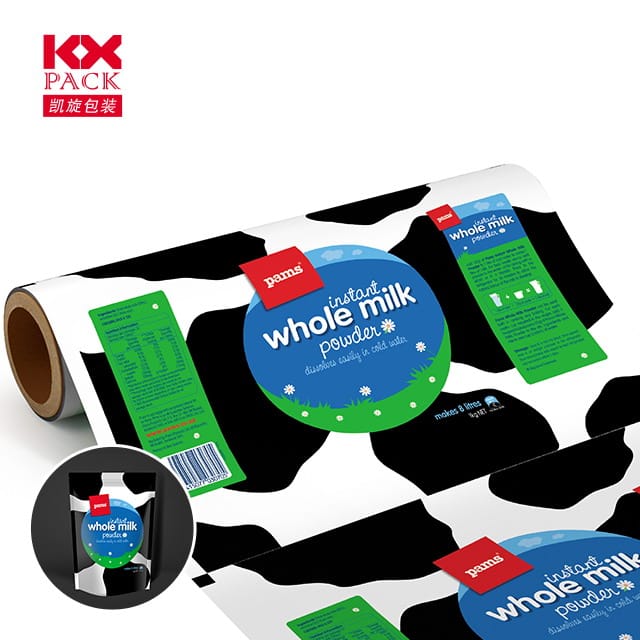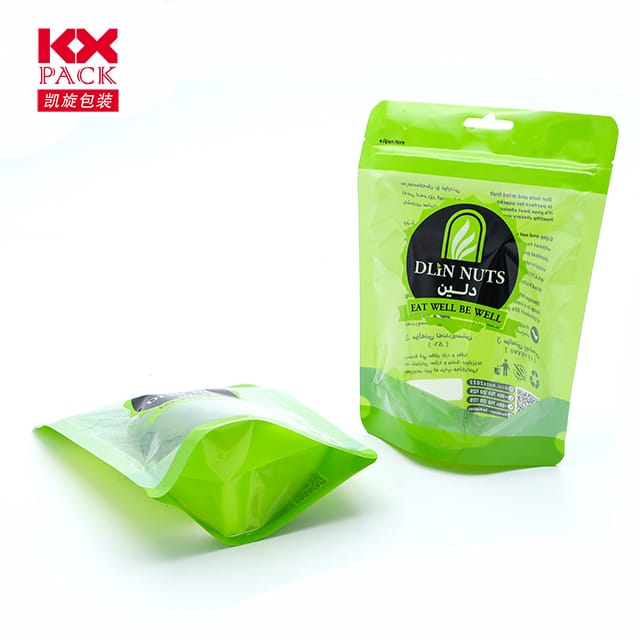Khám phá sự tiến hóa và đổi mới của nhựa: Tổng quan toàn diện (2)
Nhựa phim
The term “Nhựa phim” đề cập đến một thể loại linh hoạt của mỏng, Vật liệu linh hoạt có nguồn gốc từ polyme, đóng vai trò quan trọng trong các ngành công nghiệp. Từ các giải pháp đóng gói đến các ứng dụng công nghệ tiên tiến, Nhựa phim đã biến đổi thói quen sản xuất và tiêu dùng hiện đại. Blog này đào sâu vào tầm quan trọng của chúng, Những đổi mới gần đây, và xu hướng trong tương lai.
1. Nền tảng: Types and Applications
Film plastics encompass a range of materials, including polyethylene (Thể dục), Polypropylen (PP), polyester (THÚ CƯNG), and biodegradable polymers like PLA. Của họ nhẹ, bền chặt, and cost-effective properties make them indispensable in:
- Bao bì: Food-grade films extend shelf life, while industrial films protect goods during transit.
- Nông nghiệp: Mulching films improve crop yields by retaining soil moisture.
- Điện tử: Conductive and insulating films enable high-performance circuit boards.
- Medical Devices: Sterile packaging and implantable materials rely on biocompatible films.
2. Market Dynamics and Growth
The global film plastic market is experiencing steady expansion, được điều khiển bởi:
- Rising Demand: The packaging sector, particularly in emerging economies, fuels consumption.
- Technological Advancements: Innovations like nanotechnology and multi-layer coextrusion enhance film functionality.
- Sustainability Initiatives: Regulatory pressures and consumer demand push for biodegradable and recyclable films.
According to industry reports, the market size was valued at approximatelyUSD 787 tỷ trong 2022 và dự kiến sẽ đạt đượcUSD 963.7 tỷ bởi 2029, với CAGR là 2.9%. Key players include China, the U.S., and Europe, where industries are rapidly adopting eco-friendly alternatives.
3. Innovations Shaping the Future
3.1 Functional Films for Specialized Needs
- Antifog and Antistatic Films: These prevent condensation and static buildup, critical for electronics and food packaging.
- High-Barrier Films: Used in food and pharmaceutical packaging, they extend product shelf life by blocking oxygen and moisture.
- Phim thông minh: Incorporating RFID tags, temperature sensors, or QR codes, these films enhance traceability and consumer engagement.
3.2 Bền vững: The Green Imperative
- Phim phân hủy sinh học: PLA (Axit polylactic) and other bio-based polymers reduce environmental impact. Ví dụ, LVMH Group uses PLA-based films for luxury packaging.
- Recycled Content: Brands like Coca-Cola and Mars are adopting 100% rPET (recycled PET) in their packaging, signaling a shift toward circular economy practices.
- Lightweighting: Reducing material thickness without compromising strength—such as PepsiCo’s 10% lighter 330ml PET bottles—cuts costs and carbon footprints.
3.3 High-Performance Films for Emerging Industries
- Automotive Lightweighting: Films like PA6/12 and PPE+PA composites reduce vehicle weight, boosting fuel efficiency. BMW’s i3 and Toyota’s ISO Dynamics resin seats exemplify this trend.
- Điện tử: High-temperature-resistant films (VÍ DỤ., PEEK, PPS) enable safer, faster-charging EV batteries.
- Medical Innovations: Biocompatible films for drug packaging and implants, such as Astellas’ bio-based blister packs, improve patient safety.
4. Những thách thức và cơ hội
Despite progress, the industry faces hurdles:
- Waste Management: Single-use plastics remain a concern, necessitating better recycling infrastructure.
- Tuân thủ quy định: Stringent environmental laws (VÍ DỤ., EU’s single-use plastic ban) require agile adaptation.
- Chi phí so với. Bền vững: Biodegradable films often cost more, limiting adoption in price-sensitive markets.
Tuy nhiên, these challenges drive innovation. Collaborations between academia and industry, such as Amat Medical’s PLCL polymer stents, show promise in closing the gap between performance and sustainability.
5. Con đường phía trước
The future of film plastics hinges on:
- Advanced Recycling Technologies: Chemical recycling of mixed plastics could unlock high-value applications.
- Bao bì thông minh: Integration of IoT sensors for real-time product monitoring.
- Global Collaboration: Cross-industry partnerships to standardize sustainable practices.
Phần kết luận
Film plastics are more than mere packaging materials—they are enablers of innovation, hiệu quả, và tính bền vững. As industries evolve, so too must these films, balancing performance with environmental responsibility. The journey ahead demands creativity, collaboration, and a commitment to a greener future.
What are your thoughts on the future of film plastics? Share your insights in the comments below!






